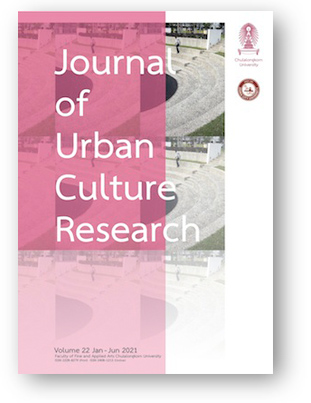Class and Urban Public Space Consumption: A Typology in Isfahan, Iran
DOI:
https://doi.org/10.14456/jucr.2021.1Keywords:
Social Class, Public Space, Consumption, Bourdieu, Isfahan, IranAbstract
This paper, adopting an interpretive approach, focuses on the spatiality of class to describe how social class represents itself through public space consumption. The paper presupposes public space consumption as a lived experience by class and explores it through analyzing the narratives of citizens in the city of Isfahan, Iran. According to Bourdieu's notion of social space, four different economic-cultural positions are purposefully selected as under-studied social categories. Cultural (occupation, professional skills and education) and economic attributes (income, house ownership and the neighborhood where they live) are considered for the categorization. Applying a qualitative content analysis, this paper uses semi-structured in-depth interviews as the basis of a thematic analysis. Comparing the identified themes for the four social categories, this study formulates four consumption patterns, comprising transient, purposeful, fluid and aggressive consumption. A class- specific typology of public space consumption is thus proposed which encompasses the four studied social categories in Isfahan.
Downloads
Published
How to Cite
Issue
Section
License
Authors authorize the JUCR to publish their materials both in print and online while retaining their full individual copyright. The copyright of JUCR volumes is retained by Chulalongkorn University.
The views and opinions expressed herein are those of the individual author(s) and do not necessarily reflect the policies or opinions of the Journal (JUCR), it editors and staff, Chulalongkorn University, or Osaka Metropolitan University.








